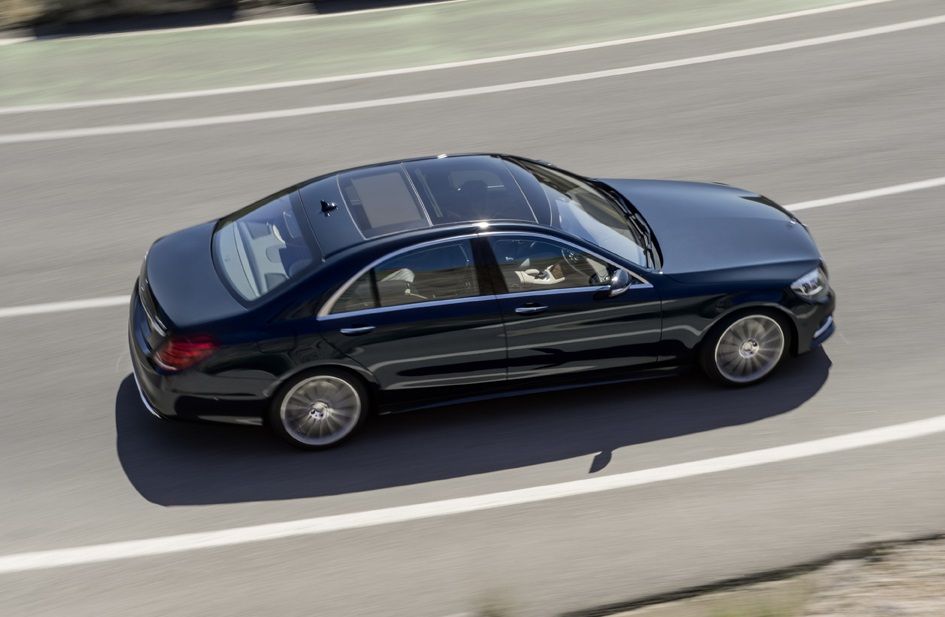When it comes to purchasing a vehicle, the initial sticker price is only one piece of the ownership puzzle. For many car buyers, the long-term costs associated with maintenance and repairs can dramatically influence the overall affordability and satisfaction of owning a particular model.
Among these ongoing expenses, the cost of spare parts plays a crucial role. Spare parts not only determine how much it costs to repair and maintain a vehicle, but they also affect the availability and ease of servicing, influencing everything from downtime to resale value.
Understanding which vehicles have cheaper or more expensive spare parts can help consumers make smarter decisions that suit their budget, driving habits, and lifestyle.
Spare-part pricing varies widely across makes and models, shaped by multiple factors including the car’s design complexity, brand positioning, production volumes, and the degree of technological innovation. Vehicles produced in large numbers with widely available components tend to have lower spare-part costs.
Conversely, high-end luxury cars or models with bespoke engineering often come with a hefty price tag when parts need replacement.
Additionally, the extent to which manufacturers allow third-party aftermarket parts can make a significant difference. A model with a thriving aftermarket market often benefits from competitive pricing, whereas exclusive parts available only through dealerships typically come with a premium.
For everyday drivers, models with cheap spare parts are a boon, offering peace of mind and reducing the financial burden of routine repairs and unexpected breakdowns. Cars like the Toyota Corolla or Honda Civic, known for their reliability and simple mechanical design, are popular for their low ownership costs.
These vehicles benefit from economies of scale and a well-established parts supply chain, resulting in parts that are affordable and easy to find. The accessibility of spare parts also extends to repair shops and independent mechanics, making maintenance more convenient and less costly. For budget-conscious consumers, knowing which cars have inexpensive spare parts can mean choosing a vehicle that is truly economical over its lifespan.
On the other end of the spectrum are vehicles whose spare parts are notoriously expensive. Luxury models such as the BMW 7 Series or Mercedes-Benz S-Class incorporate cutting-edge technology, proprietary components, and premium materials that elevate their spare-part costs. These vehicles are engineered with precision and exclusivity in mind, often featuring modular assemblies that increase repair complexity and parts prices.
Moreover, the limited interchangeability of parts and reliance on authorized dealerships further restricts options for cheaper repairs. Owners of such vehicles must often prepare for higher maintenance bills as part of the ownership experience. While these cars offer superior performance, comfort, and prestige, their steep spare-part pricing can be a deterrent for some buyers.
Electric vehicles like the Tesla Model S present a unique case. Their innovative designs and reliance on specialized electric components result in replacement parts that can be considerably more expensive than traditional vehicles. The proprietary nature of Tesla’s technology and closed service ecosystem further restricts third-party competition, driving prices higher.
Similarly, vehicles like the Audi A8 and Land Rover Range Rover combine luxury, advanced electronics, and specialized engineering that make their spare parts some of the priciest in the market. These models appeal to consumers seeking top-tier comfort and capability but require a willingness to absorb elevated maintenance costs.
This article delves into the five models known for the cheapest spare-part pricing and contrasts them with five vehicles infamous for their steep replacement costs. By exploring the factors influencing spare-part expenses—including engineering choices, production scale, brand positioning, and aftermarket ecosystems—readers will gain a clearer understanding of how spare-part pricing impacts vehicle ownership.
Whether you prioritize budget-friendly maintenance or luxury performance, understanding the economics behind spare parts can be pivotal in making an informed decision about your next car purchase. Through detailed analysis, we highlight how each of these ten models fits into the broader landscape of automotive cost efficiency and ownership satisfaction.
Also Read: 5 Cars That Still Drive Like New at 10 Years and 5 That Feel Ancient
5 Models with the Cheapest Spare-Part Pricing
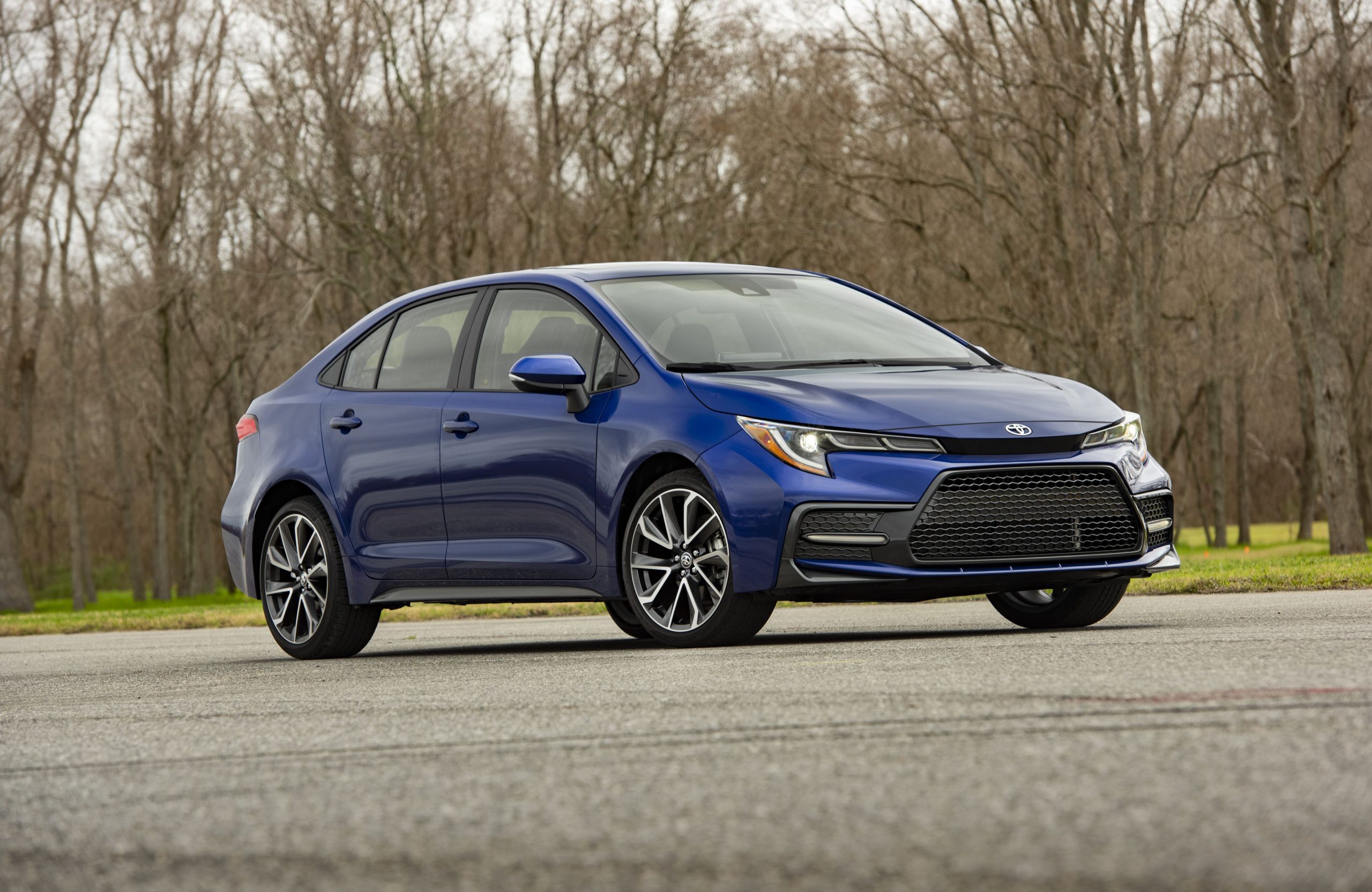
1. Toyota Corolla
The Toyota Corolla has long been celebrated as one of the most reliable and cost-effective compact sedans worldwide. A significant part of its enduring popularity comes from the affordability and accessibility of its spare parts. Because the Corolla has been produced in massive volumes for over five decades, the parts supply chain is incredibly well-established.
This extensive production history means that most parts—whether they be brake pads, alternators, or engine components—are mass-produced and widely available. The vast availability naturally drives down prices due to economies of scale.
Moreover, many parts are interchangeable across various model years, reducing the need for new molds or designs and keeping manufacturing costs low. This legacy of consistency has been a major contributor to the Corolla’s reputation as a budget-friendly vehicle for maintenance and repairs.
Another key factor is Toyota’s strategy of using proven, durable mechanical designs rather than constantly introducing complex new components. This conservative approach helps keep the cost of spare parts low because the components are straightforward, standardized, and have been refined over many years.
Unlike some manufacturers that introduce intricate and expensive-to-replace parts to boost innovation perception, Toyota prioritizes functionality and reliability.
The Corolla’s engine, transmission, and suspension systems are designed for longevity and ease of maintenance, allowing owners to source replacement parts at affordable prices from both OEM suppliers and third-party manufacturers. This results in a market flooded with high-quality aftermarket parts that meet or exceed the original specifications but at a fraction of the cost.
In addition to part availability, the Corolla benefits from a global network of service centers and repair shops familiar with the model. This wide familiarity lowers labor costs since mechanics don’t need specialized training or equipment to service the car, unlike more complex or luxury models.
Routine replacements such as oil filters, air filters, and brake components are simple and inexpensive, reducing the total cost of upkeep.
The ability to perform many repairs at home or through local mechanics adds layer of affordability, allowing owners to avoid dealership markups. This accessibility has made the Corolla a favorite among young drivers, small families, and fleet operators who value cost efficiency over flashy features.
Finally, the Corolla’s durable reputation means that owners are less likely to encounter frequent or unexpected repairs, which in turn keeps the total maintenance expenditure low. The combination of inexpensive parts, wide availability, and reliable engineering positions the Corolla as one of the most cost-effective vehicles to maintain.
Its spare-part pricing advantage is so substantial that many used car buyers factor it heavily into their decision, knowing that a Corolla will likely remain affordable to service for years to come. This is why the Corolla remains one of the best-selling cars globally and continues to be a wise choice for anyone prioritizing long-term value.
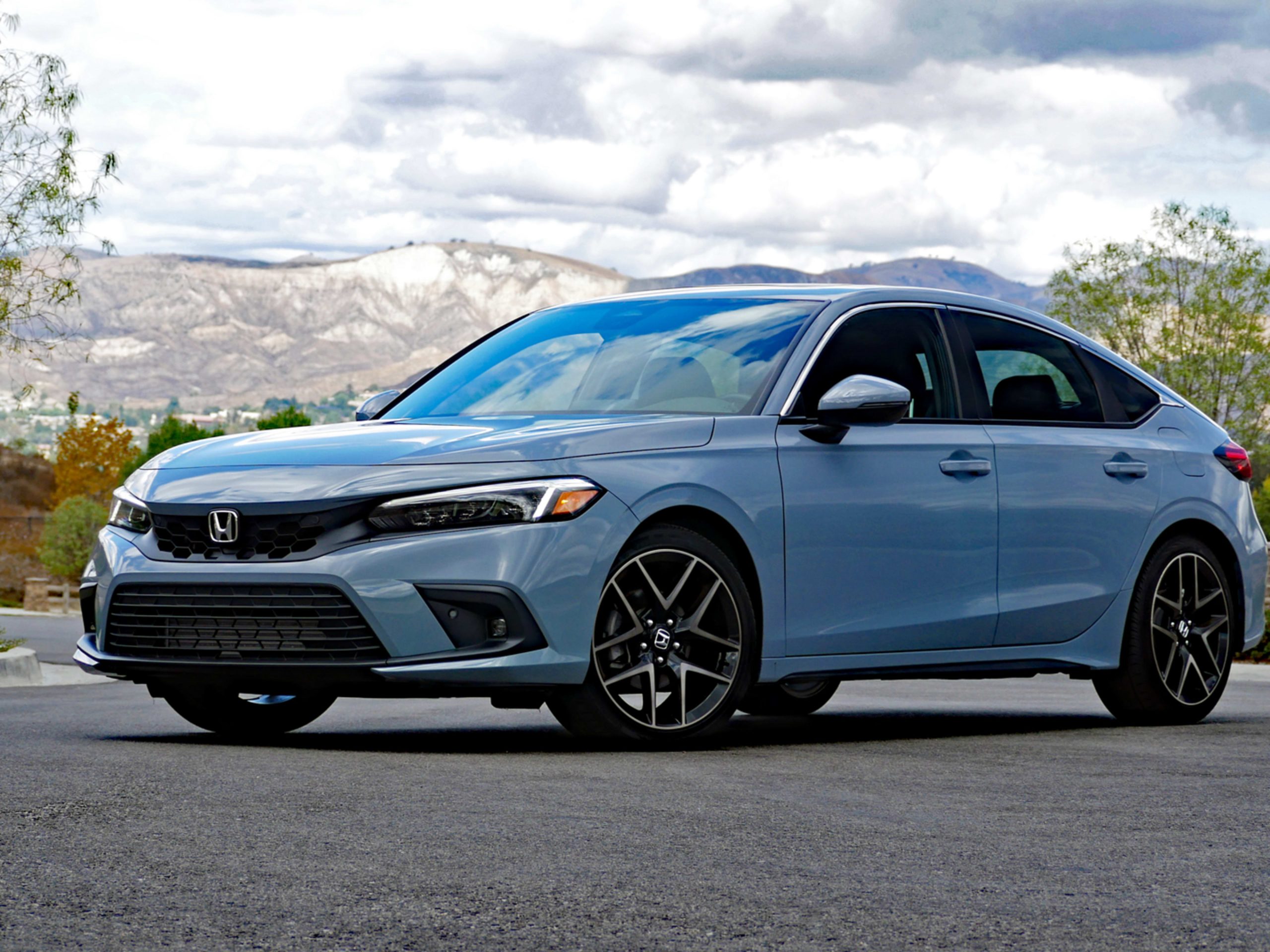
2. Honda Civic
The Honda Civic stands as another pillar of affordability when it comes to spare-part pricing, offering a compelling balance of quality, performance, and low maintenance costs. Its immense popularity over the years has created a robust and competitive market for replacement parts. The Civic’s parts ecosystem benefits from Honda’s consistent design philosophy and extensive production scale.
Many parts are shared across different Civic generations and even with other Honda models, which broadens the supply base and reduces individual part prices.
The availability of low-cost OEM parts alongside a thriving aftermarket industry means consumers have numerous options when sourcing replacements. This competitive market forces suppliers to offer reasonable prices while maintaining quality standards, which is a major advantage for Civic owners.
Additionally, Honda’s engineering focuses on simplicity and durability, which is reflected in the spare parts market. The Civic’s mechanical components tend to be straightforward and less reliant on complex electronics than more premium vehicles, which often translates to fewer failure points and cheaper replacement parts.
Basic maintenance items like brake rotors, belts, and suspension components are both affordable and easy to install, lowering labor costs as well.
Enthusiasts and mechanics alike praise the Civic for its accessibility, making it one of the most DIY-friendly vehicles on the market. This hands-on capability enables owners to save further by performing routine maintenance and minor repairs themselves, which is less common with cars that require specialized tools or expertise.
The aftermarket industry for the Civic is especially vibrant, with many third-party manufacturers producing high-quality parts designed to meet or exceed OEM specifications.
This aftermarket presence helps to keep OEM parts competitively priced, and it often provides owners with options that enhance performance or longevity at lower costs. In many regions, the Civic is also supported by plentiful used parts markets, which can reduce repair bills significantly.
Salvage yards and second-hand part sellers offer alternatives for owners who prioritize cost savings over brand-new components. The availability of affordable alternatives further cements the Civic’s reputation as one of the cheapest vehicles to maintain.
Moreover, the Civic enjoys widespread mechanical familiarity, which lowers labor costs across the board. Local garages and independent mechanics are well-versed in Civic repairs, and many parts can be swapped or repaired without expensive diagnostic tools.
The ease of sourcing parts combined with affordable labor costs leads to a low total cost of ownership that appeals to a broad spectrum of drivers. The Civic’s reputation for affordability in spare parts and maintenance is a key reason why it consistently ranks among the top-selling compact cars worldwide and remains a favorite for cost-conscious buyers.
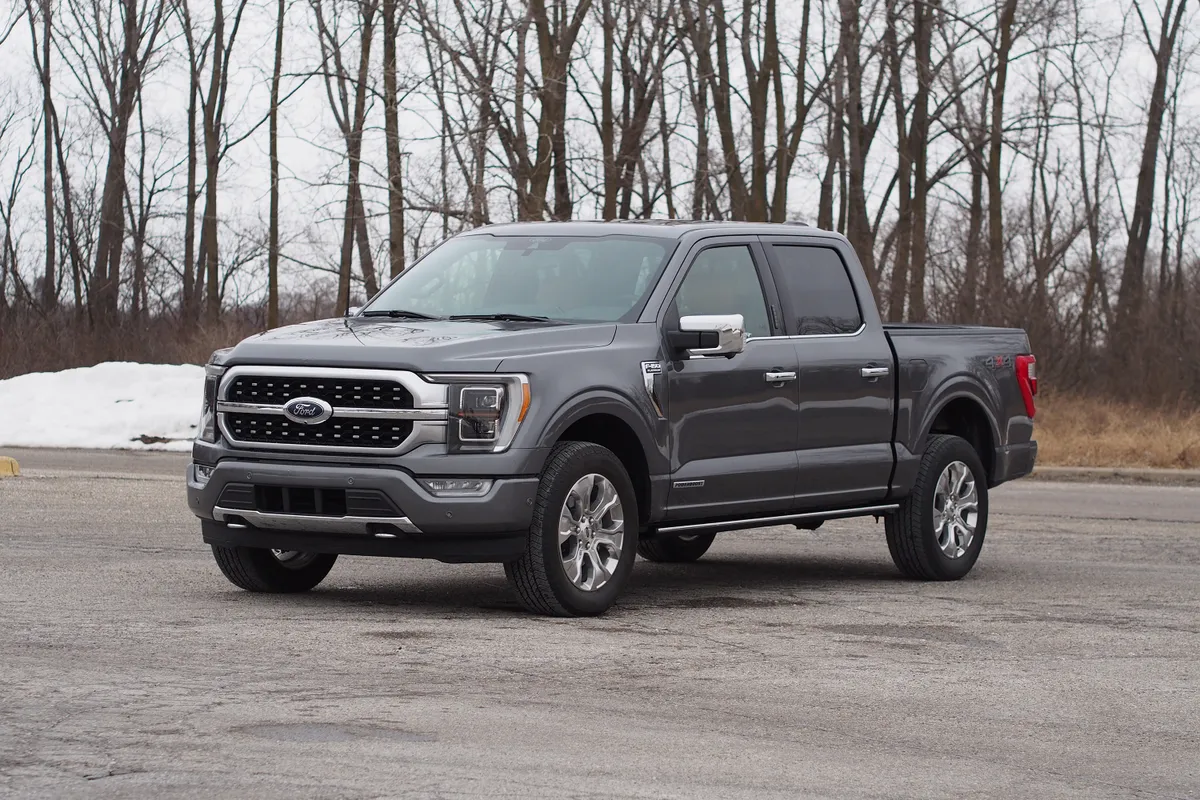
3. Ford F-150
As one of the most popular pickup trucks in the United States and worldwide, the Ford F-150 boasts not only powerful performance but also surprisingly affordable spare parts. The truck’s immense sales volume creates a robust supply chain for replacement parts, making it relatively inexpensive to keep the F-150 running smoothly.
Components like brake parts, filters, spark plugs, and even major engine parts are mass-produced and widely distributed. The large network of Ford dealerships and independent suppliers ensures parts availability in nearly every corner of the country, which keeps prices competitive and repairs accessible. The extensive aftermarket also offers numerous options for both genuine and third-party parts at reduced prices.
One reason the F-150 benefits from affordable spare parts is the truck’s relatively straightforward mechanical design, especially in older generations. While modern trucks have become more complex with advanced electronics and safety features, many replacement parts still adhere to a modular design, allowing for easier repairs.
This design philosophy reduces the need for unique, costly parts and simplifies maintenance tasks. For instance, the F-150 shares many components with other Ford trucks and even some SUVs, expanding the parts pool and reducing manufacturing costs. This modularity extends to suspension, drivetrain, and body parts, which helps keep replacement costs low.
The F-150’s dominance in commercial and personal use further supports a competitive market for parts and repairs. Due to the truck’s popularity with industries like construction, agriculture, and logistics, many third-party manufacturers produce heavy-duty aftermarket parts designed to withstand rigorous use while costing less than OEM components.
The availability of these durable yet affordable parts attracts buyers who need reliable vehicles without breaking the bank on maintenance. Furthermore, many repair shops specialize in Ford trucks, lowering labor costs through experience and economies of scale.
Lastly, the F-150’s reputation for durability means that owners generally face fewer unexpected repairs over the truck’s lifespan. This reliability, combined with low-cost parts and widespread availability, results in an overall affordable maintenance profile. Buyers looking for a rugged, dependable pickup truck that won’t drain their wallets on spare parts often find the Ford F-150 an ideal choice, balancing performance with economic practicality.
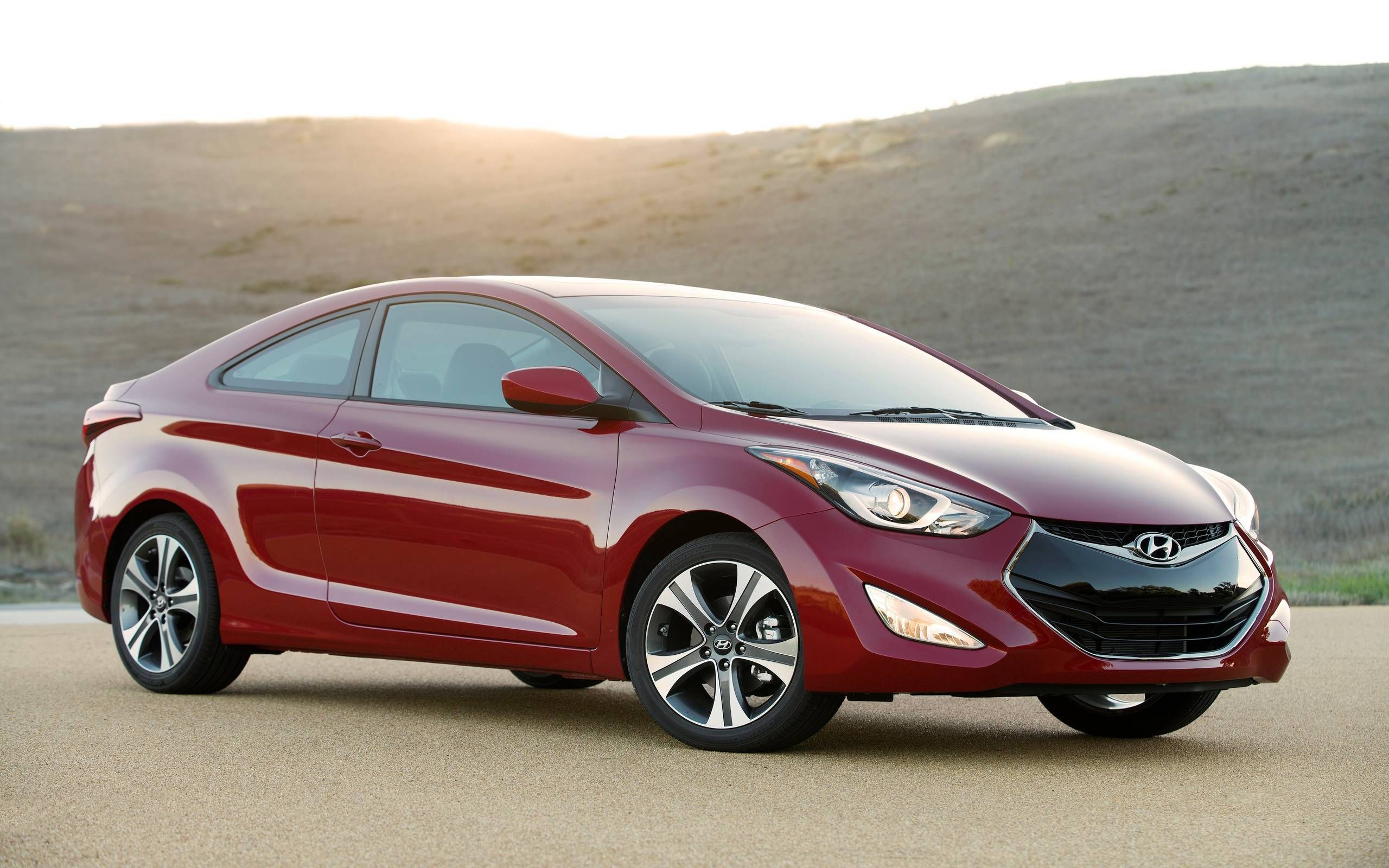
4. Hyundai Elantra
Hyundai’s Elantra has emerged as a standout in the compact sedan segment, not only for its modern styling and technology but also for its affordable spare-part pricing. Hyundai’s aggressive global expansion and emphasis on value have resulted in a vehicle that is both accessible and economical to maintain.
The Elantra benefits from streamlined manufacturing processes and extensive parts sharing across the Hyundai lineup, reducing costs and simplifying spare-part production. Many parts are designed with interchangeability in mind, allowing components like suspension parts, filters, and engine accessories to serve multiple models, which increases production volume and decreases unit cost.
The company’s focus on engineering vehicles that meet the demands of a wide consumer base has fostered a marketplace where parts are plentiful and competitively priced. This is especially true in regions where Hyundai has established strong service networks.
Spare parts for the Elantra are often available through multiple channels, including dealerships, aftermarket producers, and independent suppliers, creating a balanced market that keeps prices in check. Hyundai also invests in quality control, ensuring that lower prices do not come at the expense of durability or performance.
Routine maintenance parts for the Elantra—such as brake components, belts, and filters—are widely stocked and priced below many competitors in the segment. Labor costs tend to be reasonable because many repair shops are familiar with Hyundai vehicles, and the Elantra’s design prioritizes accessibility for mechanics.
This means that repairs are usually quicker and less expensive, benefiting owners in both urban and rural areas. The Elantra also enjoys a growing presence in the used car market, which further lowers repair costs through the availability of second-hand parts.
In addition to affordability, the Elantra’s improving reliability ratings reduce the frequency of costly repairs. Hyundai’s industry-leading warranties also alleviate the initial years of maintenance expense, further enhancing the car’s value proposition. Taken together, these factors make the Hyundai Elantra a strong contender for buyers seeking a stylish, reliable, and low-cost-to-maintain vehicle in the compact car segment.
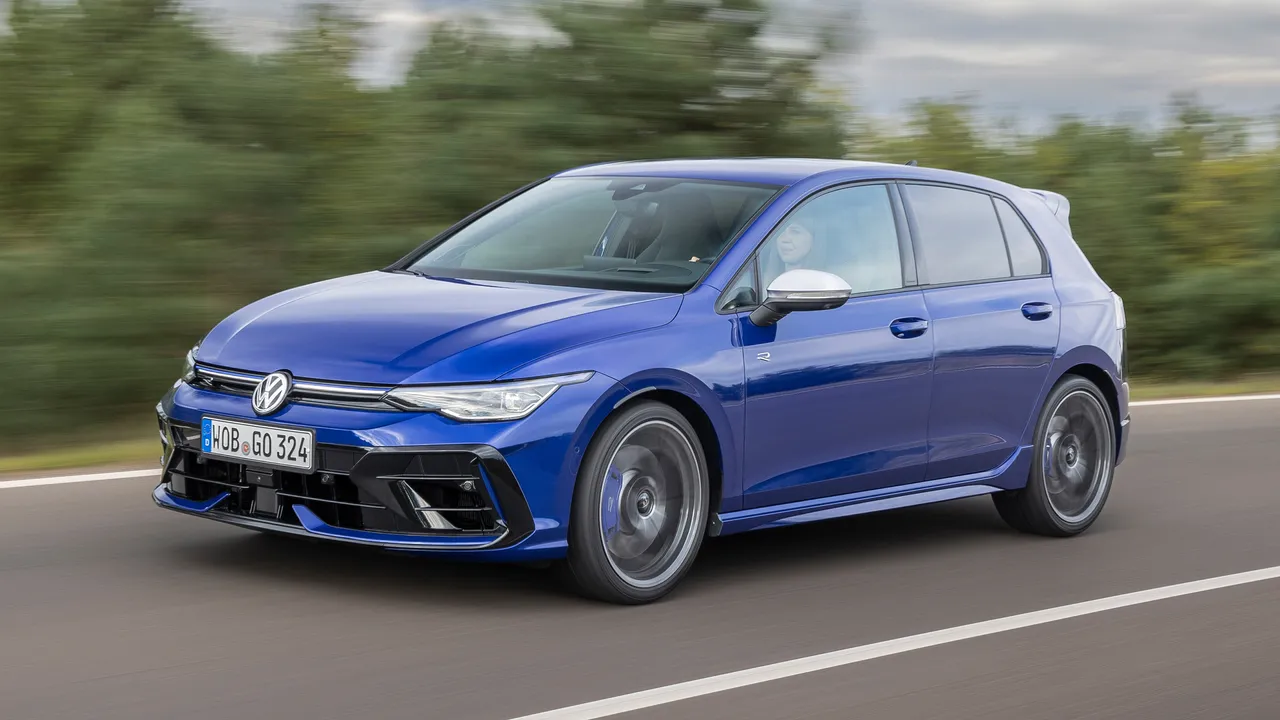
5. Volkswagen Golf
The Volkswagen Golf is often associated with European engineering and a higher price tag, but surprisingly, it offers a relatively affordable spare-part ecosystem compared to other premium brands. The Golf’s long production history and widespread popularity in Europe and other markets have established a mature supply chain for replacement parts.
Volkswagen’s strategy of using modular platforms shared across many models within the Volkswagen Group means that many components are interchangeable, reducing the complexity and cost of parts. This platform sharing drives down manufacturing costs and increases the availability of spare parts for the Golf.
The aftermarket for Golf parts is extensive and competitive, with many third-party suppliers producing high-quality components that offer cost savings over OEM parts. From brake discs to suspension bushings, many parts are available at reasonable prices without sacrificing quality.
The Golf’s mechanical simplicity relative to some other European models also contributes to lower parts costs. For example, many Golf models feature straightforward engine designs and traditional suspension setups, which are easier and cheaper to service.
Volkswagen owners also benefit from a wide network of independent garages that specialize in European cars, offering competitive labor rates. The availability of diagnostic tools and mechanics familiarity with the Golf’s systems makes repairs more affordable and efficient.
Additionally, the popularity of the Golf in used car markets ensures that parts from salvaged vehicles are readily available, providing another option to keep repair costs down.
Although certain high-tech components or luxury trim parts may carry a premium, overall, the Golf’s spare-part pricing remains relatively affordable within its segment.
This makes it an appealing option for buyers who want a European driving experience without the steep maintenance costs typically associated with premium brands. The Golf’s balance of engineering, part availability, and cost-efficiency continues to make it a favorite among cost-conscious drivers seeking quality and performance.
5 Models with the Steepest Spare-Part Pricing
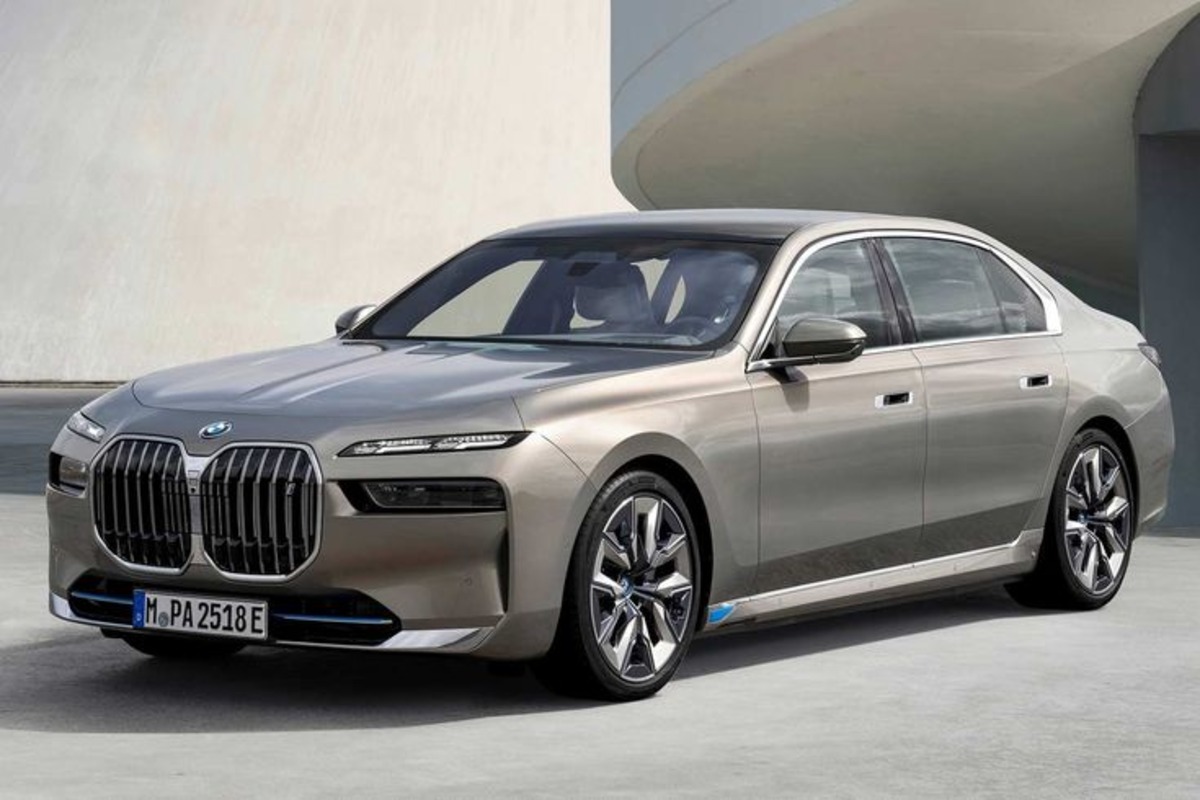
1. BMW 7 Series
The BMW 7 Series represents the pinnacle of BMW’s luxury sedan lineup, and its premium status is directly reflected in the cost of its spare parts. As a flagship vehicle, the 7 Series is packed with advanced technology, high-end materials, and precision engineering that all contribute to a steep pricing structure for replacement components.
From complex adaptive suspension systems to intricate electronic control units, the parts used in the 7 Series are often bespoke and require specialized manufacturing processes.
This exclusivity limits economies of scale and increases the cost for owners who need repairs or replacements. For example, replacing an air suspension strut or an electronic control module can be several times more expensive than analogous parts in more mainstream vehicles.
In addition to the complexity of the parts themselves, BMW’s approach to engineering means that many components are integrated into modular assemblies rather than simple, standalone parts. While this improves performance, reliability, and diagnostics, it often requires replacing entire assemblies rather than individual components, which drives up costs.
For instance, if a sensor within the electronic steering system fails, the entire steering column assembly may need replacement instead of a single sensor, significantly inflating the parts bill.
These modular designs also demand that parts be manufactured to precise tolerances with advanced materials, which further elevates production costs. The need for exact fit and finish, combined with cutting-edge technology, naturally drives spare-part prices higher.
Another factor is BMW’s strong brand positioning as a luxury automaker. The company invests heavily in proprietary technology, such as advanced driver assistance systems, laser headlights, and high-performance engines with unique parts, which are not shared widely across models or with other manufacturers.
This exclusivity protects BMW’s brand identity but results in a more limited pool of suppliers and higher prices. The luxury market also expects premium service, so parts and repairs are often routed through authorized dealers with higher labor rates and markup on parts. These dealer exclusivities restrict competitive pricing and limit aftermarket options, compounding the cost burden on owners.
Lastly, BMW owners often seek genuine OEM parts to preserve the performance and resale value of their vehicles, which limits the use of cheaper aftermarket alternatives. The perception of quality and reliability associated with original BMW parts drives demand and prices.
Moreover, the 7 Series’ advanced electronics and systems require precise programming and calibration after part replacement, which typically can only be performed at authorized service centers.
This not only adds labor cost but also increases the parts cost due to the specialized expertise involved. Altogether, the combination of technological sophistication, luxury branding, and service exclusivity make the BMW 7 Series one of the most expensive vehicles to maintain in terms of spare parts.
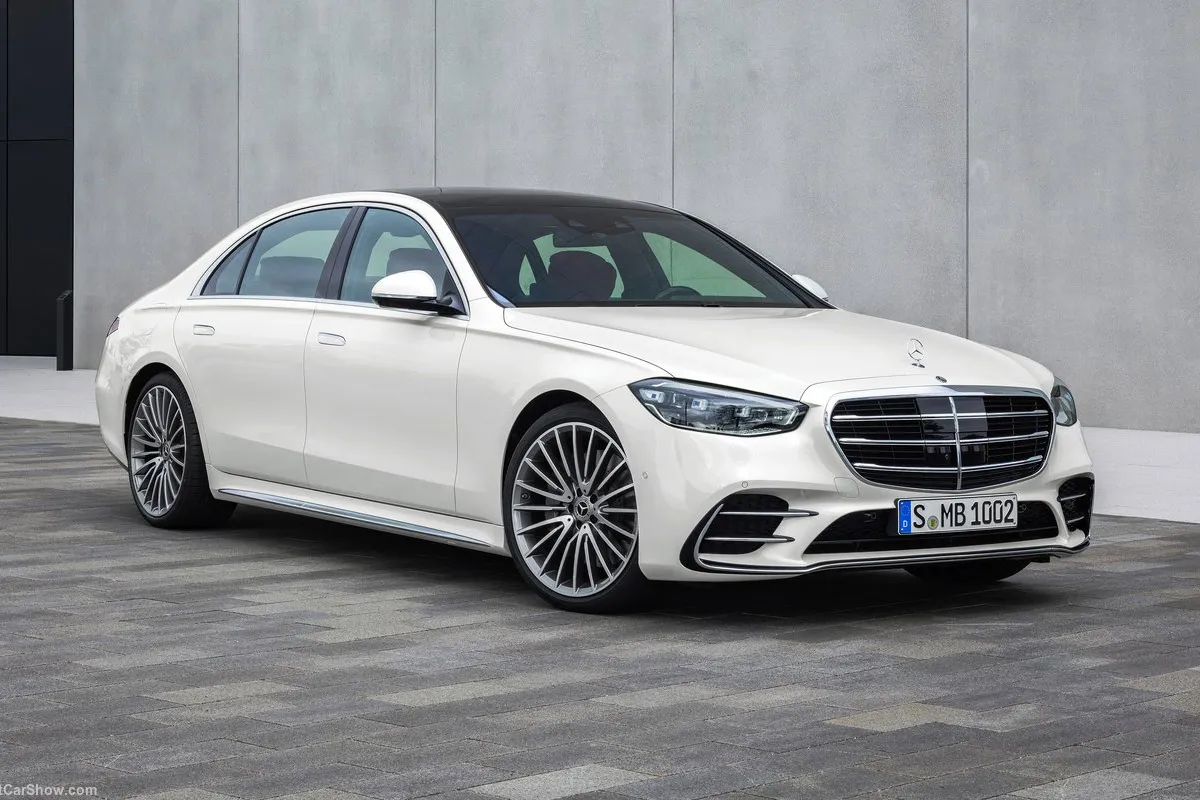
2. Mercedes-Benz S-Class
The Mercedes-Benz S-Class is often regarded as the benchmark for luxury sedans, and this status comes with a significant premium on spare parts. The S-Class is equipped with some of the most advanced technology and craftsmanship in the automotive world, including sophisticated air suspension systems, multilink rear axles, and cutting-edge infotainment and safety electronics.
These components are engineered with high precision, often incorporating exotic materials and intricate assemblies that cannot be mass-produced cheaply. For example, the cost of replacing the air suspension system alone can run into thousands of dollars, as these systems are highly complex and require careful recalibration and component matching.
Mercedes-Benz also incorporates proprietary technologies and complex electronics in the S-Class that elevate parts costs. Systems like DISTRONIC adaptive cruise control, active lane-keeping assist, and night vision rely on expensive sensors and control units that are not widely interchangeable.
This exclusivity means that parts suppliers are often limited, and manufacturing volumes are lower, which prevents prices from benefiting from economies of scale. Additionally, the materials used—such as genuine wood trims, leather, and brushed aluminum in control units—also add to the replacement cost when cosmetic or interior parts require refurbishment or replacement.
Another significant driver of high spare-part prices is Mercedes-Benz’s emphasis on quality and original equipment manufacturer (OEM) parts. Owners of the S-Class generally expect only the highest-grade replacements, which limits the availability of affordable aftermarket alternatives.
This brand loyalty to genuine parts ensures that dealerships and authorized repair centers maintain a captive market for expensive components. Labor costs for installation are also higher, as the advanced technology requires technicians with specialized training and expensive diagnostic equipment to safely perform repairs and recalibrations.
Furthermore, the S-Class’s sophisticated modular architecture means many repairs require replacing entire modules rather than simple parts. This can mean replacing an entire dashboard control module, a headlight assembly with integrated electronics, or even entire suspension subassemblies rather than single parts.
This approach prioritizes reliability and integration but inflates the spare-part costs considerably. The need for precision programming and calibration after installation adds further complexity and cost, reinforcing the S-Class’s position as one of the most expensive vehicles to maintain when it comes to spare parts.
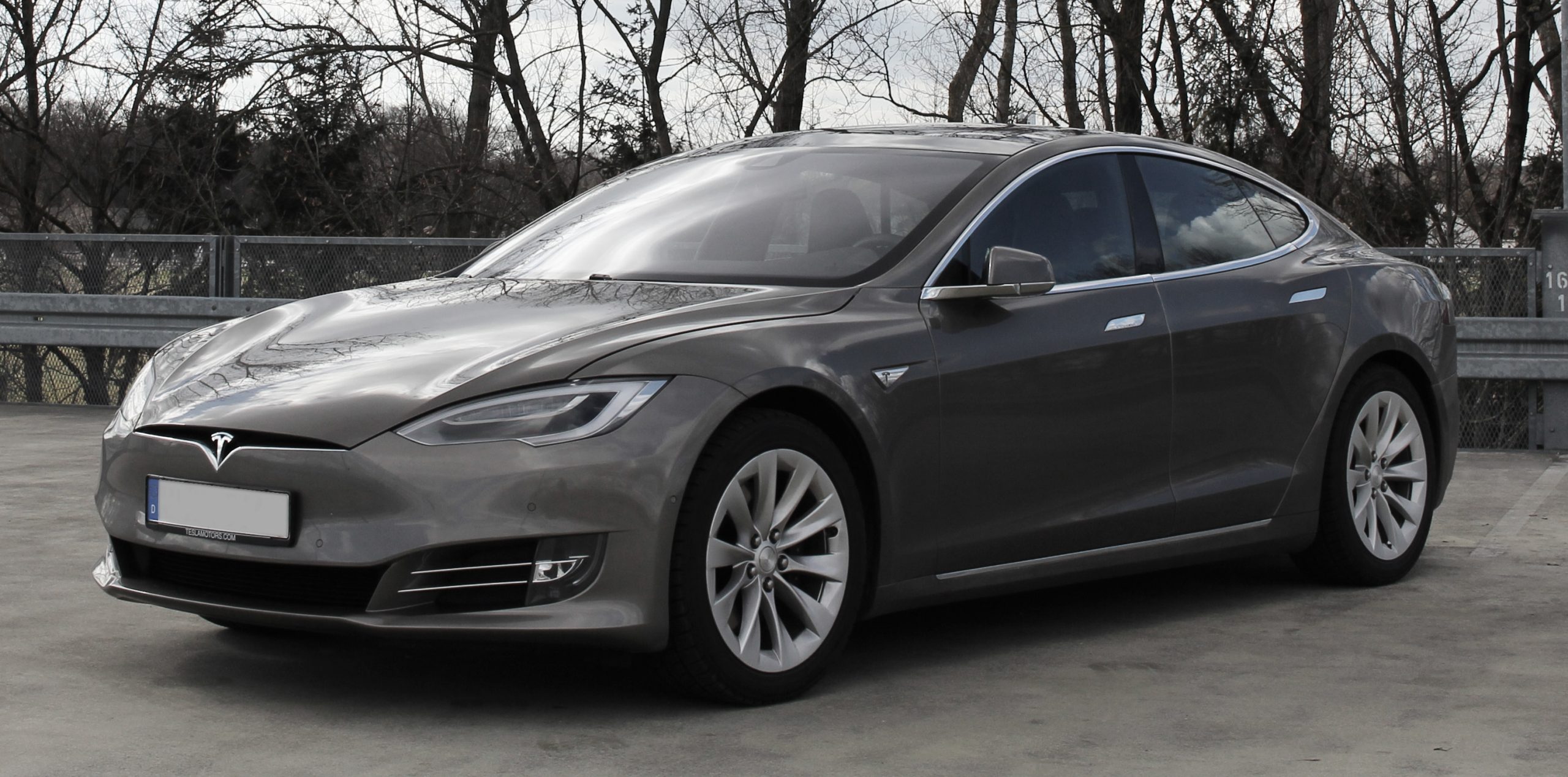
3. Tesla Model S
Tesla’s Model S is a marvel of electric vehicle technology, but its cutting-edge engineering comes with a premium price tag on spare parts. Unlike traditional internal combustion engine vehicles, the Model S incorporates a large number of specialized electric components—such as the battery pack, electric motors, inverters, and advanced cooling systems—that are expensive to manufacture and replace.
The battery pack alone can cost thousands of dollars, making it one of the most significant expenses for owners if replacement is necessary. Additionally, Tesla’s use of proprietary designs and limited supplier partnerships means parts are often unique and cannot be easily sourced from third parties, inflating costs further.
The Model S’s technological complexity also extends to its electronic systems and software. Tesla vehicles rely heavily on integrated control modules and sensors to manage everything from battery performance to autonomous driving features. These components are not only expensive to produce but also require software calibration and updates that must be managed through Tesla’s proprietary service network.
Unlike traditional vehicles where third-party repair shops can source parts and perform fixes, Tesla’s closed ecosystem restricts access, leading to higher prices and longer wait times for parts. This lack of a competitive aftermarket marketplace keeps parts prices artificially high.
Furthermore, Tesla’s manufacturing strategy focuses on vertical integration and proprietary parts, which means many components are unique to Tesla vehicles and lack interchangeability. This strategy enhances the brand’s innovation but limits the economies of scale that typically reduce spare-part costs.
Components such as the Model S’s large touchscreen displays, autopilot cameras, and high-voltage battery cooling systems require specialized manufacturing and calibration, which increases the replacement cost. Even seemingly simple components like door handles or window motors are custom-designed and relatively expensive compared to mass-produced equivalents in traditional cars.
The Model S also faces challenges related to repairability. Its unibody design with integrated electrical architecture can make certain repairs labor-intensive and costly, further increasing the overall maintenance expenses.
In addition, Tesla’s rapid development cycles and regular software updates mean parts can become obsolete more quickly, complicating the supply chain and increasing inventory costs. Combined, these factors make Tesla Model S spare parts some of the steepest in the industry, reflecting both the vehicle’s technological sophistication and Tesla’s business model.
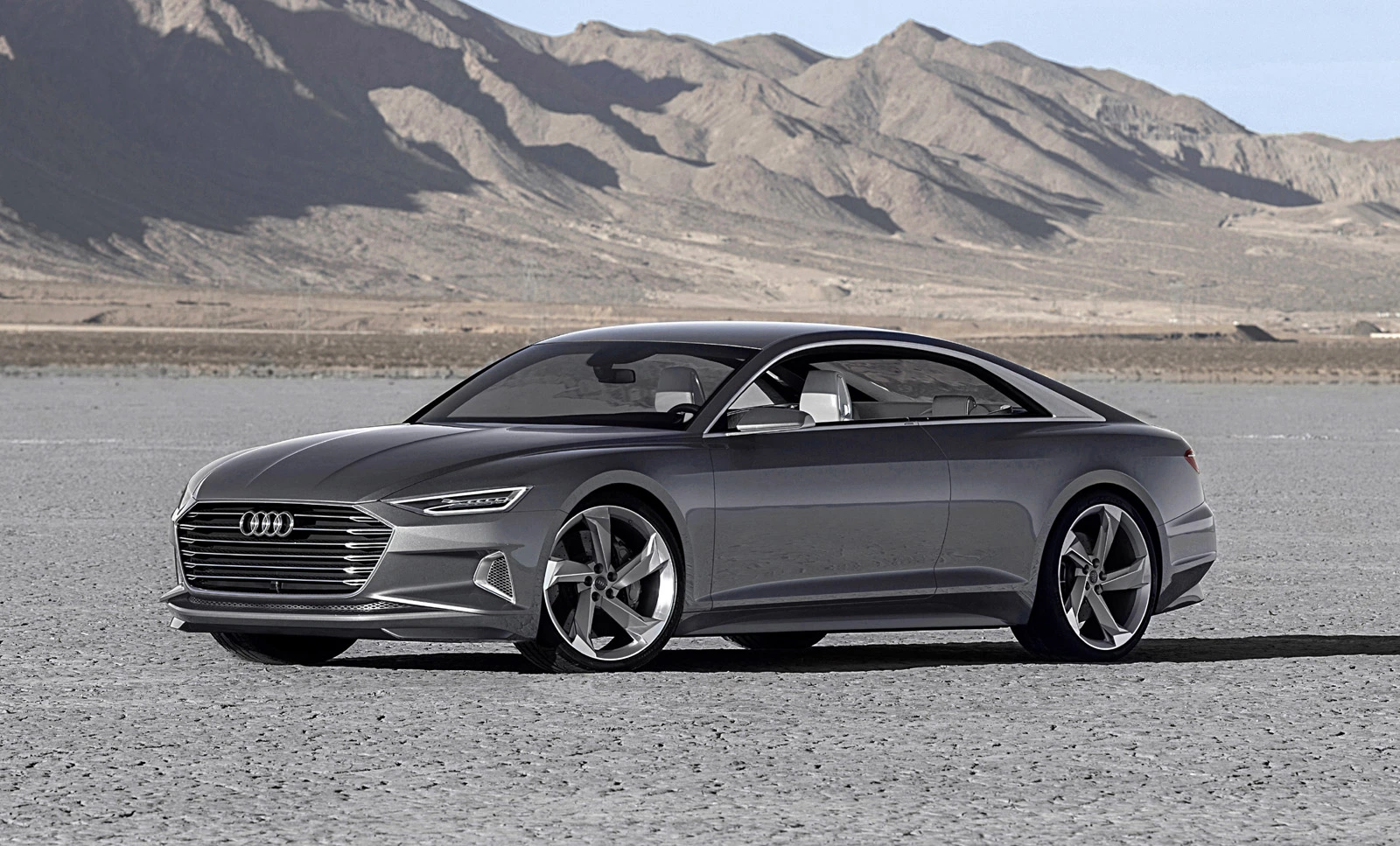
4. Audi A8
Audi’s flagship luxury sedan, the A8, embodies advanced engineering, high technology, and premium materials, which translate into high costs for spare parts. The A8’s extensive use of aluminum in its bodywork—a lightweight yet costly material—means that body panels and structural components are more expensive to replace than those made from traditional steel.
Aluminum requires specialized repair techniques and tooling, which not only raises the cost of parts but also increases labor expenses. This lightweight construction is integral to the A8’s performance and efficiency, but it also means that collision repairs can be significantly more costly than on conventional vehicles.
Technologically, the Audi A8 is packed with cutting-edge features such as adaptive air suspension, advanced driver assistance systems, matrix LED headlights, and high-end infotainment systems. Many of these components involve intricate assemblies and expensive electronics.
The matrix LED headlights, for example, contain hundreds of individually controlled LEDs and sensors, making replacement parts costly and repairs complex. Additionally, the air suspension system on the A8 is highly sophisticated, featuring adjustable dampers and self-leveling capabilities that require specialized parts and knowledge to maintain or replace, leading to inflated spare-part prices.
Audi’s premium positioning also means that many parts are OEM-only or have limited aftermarket alternatives, driving prices upward. Owners often prioritize using genuine parts to maintain warranty coverage and preserve the vehicle’s resale value, which limits the availability of budget-friendly third-party components.
Moreover, the A8’s complex electronic systems require skilled technicians and advanced diagnostic equipment for repairs and recalibrations, adding to the overall maintenance cost. Dealership exclusivity on certain parts also reduces competition and price flexibility.
Finally, the A8’s modular platform shares many components with other Volkswagen Group luxury models but also includes unique features that are exclusive to this top-tier sedan.
This uniqueness, combined with the relatively lower production volume compared to more mainstream models, limits economies of scale and keeps parts expensive. From body panels to advanced electronics, the Audi A8’s spare parts reflect the cost of cutting-edge luxury, making it one of the costliest sedans to maintain in terms of replacement components.
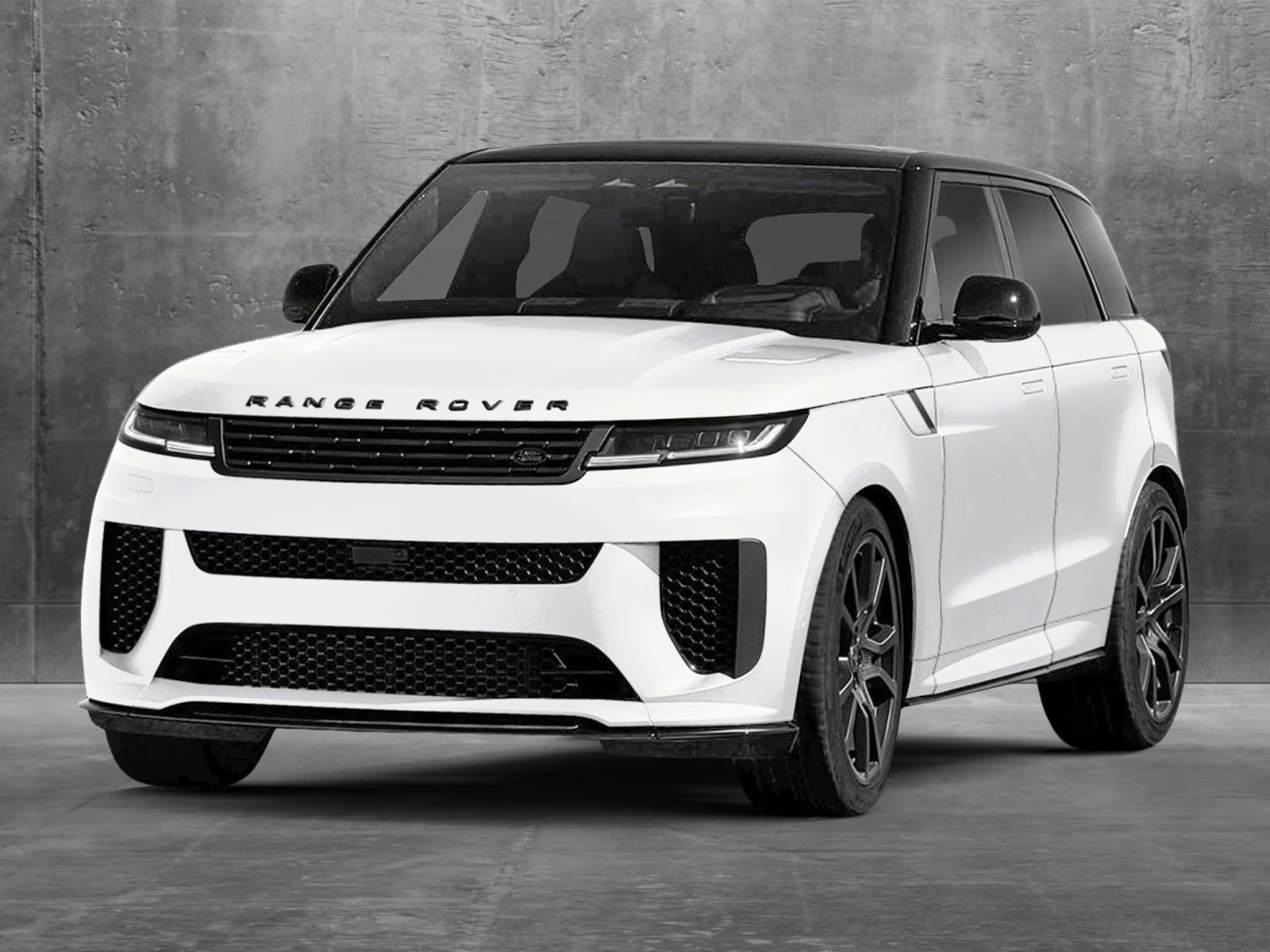
5. Land Rover Range Rover
The Land Rover Range Rover is synonymous with luxury and off-road capability, but its sophisticated engineering and premium components come at a high price when it comes to spare parts. The Range Rover incorporates advanced air suspension systems, terrain response modules, and a wide array of electronic systems designed for comfort and off-road performance.
These parts are often expensive due to their complexity, custom design, and the use of high-quality materials intended to withstand extreme conditions. For instance, replacing an air suspension compressor or electronic terrain control module can be extraordinarily costly due to the parts themselves and the specialized labor involved.
The Range Rover’s build quality and bespoke features add another layer of cost. Interior components such as premium leather, wood trim, and high-end audio systems are custom-made and expensive to replace.
The vehicle’s use of aluminum monocoque construction also increases the cost of body repairs, as aluminum panels and structural components are pricier and require specialized repair processes. This lightweight design enhances off-road agility and fuel efficiency but significantly increases parts and repair bills after collisions or wear.
Land Rover’s reputation for complexity also impacts spare-part pricing. The Range Rover is equipped with numerous interconnected systems—from advanced four-wheel-drive electronics to driver assistance technologies—that require precise integration and calibration.
Many parts are sold only as part of larger modules, limiting the ability to replace individual components cheaply. Furthermore, the scarcity of parts in certain markets and the reliance on authorized dealerships and service centers restrict aftermarket competition, keeping prices elevated. Owners also face high labor costs due to the specialized knowledge and tools required to service these vehicles.
Lastly, the Range Rover’s exclusivity and status contribute to the premium placed on its parts. Many owners expect original manufacturer parts to preserve the vehicle’s luxury appeal and resale value.
The supply chain for these parts is often complex, involving import duties and logistics costs that increase retail prices. Combined, these factors make the Range Rover one of the most expensive vehicles in terms of spare parts, a price owners pay for the combination of luxury, capability, and prestige that the vehicle embodies.
Also Read: 5 Cars With The Most Free Scheduled Maintenance Miles And 5 With None
In the landscape of vehicle ownership, the cost of spare parts stands out as a critical factor shaping the overall financial commitment involved in maintaining a car. This article has illuminated the stark contrasts between models with the cheapest spare-part pricing and those burdened by steep replacement costs.
The implications for prospective and current vehicle owners are profound, as the affordability of spare parts directly affects not only routine maintenance expenses but also the feasibility of repairs, vehicle longevity, and ultimately, the total cost of ownership.
Vehicles like the Toyota Corolla, Honda Civic, Ford F-150, Hyundai Elantra, and Volkswagen Golf showcase how mass production, design simplicity, and strong aftermarket competition can converge to keep spare parts accessible and affordable. These models benefit from economies of scale, standardized components, and widespread mechanical familiarity, all of which contribute to reducing parts costs.
For drivers, this translates into lower maintenance bills, greater ease in sourcing parts, and the flexibility to choose between OEM and aftermarket options.
Additionally, the accessibility of these parts supports independent mechanics and do-it-yourself repairs, further lowering overall ownership expenses. For budget-conscious consumers, such models are ideal choices that provide dependable transportation without incurring exorbitant upkeep costs.
On the opposite end, luxury and technologically advanced vehicles such as the BMW 7 Series, Mercedes-Benz S-Class, Tesla Model S, Audi A8, and Land Rover Range Rover embody the trade-off between premium features and costly spare parts. Their sophisticated engineering, proprietary technologies, and exclusive brand positioning inevitably result in elevated parts prices.
The modular and integrated nature of their components often necessitates replacing entire assemblies rather than individual parts, pushing up expenses. Restricted access to genuine parts and reliance on authorized dealers diminishes aftermarket competition, leaving owners with fewer affordable options.
The requirement for specialized skills and equipment to handle repairs compounds the problem, making servicing these vehicles a costly endeavor. While these models offer exceptional comfort, performance, and prestige, potential buyers must weigh these benefits against the increased financial responsibility for maintenance.
The case of electric vehicles like the Tesla Model S underscores the complexity of the modern automotive market. Tesla’s innovative design and closed service ecosystem represent a shift from traditional maintenance paradigms, with high costs tied to unique parts like battery packs and electric motors.
As the EV market grows, it will be interesting to observe whether increasing production volumes and broader service options bring down spare-part costs over time. Meanwhile, buyers of luxury internal combustion vehicles face established challenges linked to exclusive engineering and premium brand cachet.
Ultimately, understanding the dynamics behind spare-part pricing empowers consumers to make informed decisions aligned with their financial means and expectations. A low-cost vehicle with inexpensive parts can deliver long-term savings and peace of mind, making it a smart choice for practical daily use.
Conversely, buyers seeking luxury and cutting-edge technology must anticipate higher maintenance costs as part of their ownership experience. Awareness of these factors is especially vital when considering used vehicles, where repair and parts availability can significantly impact resale value and ownership satisfaction.
Moreover, the broader automotive industry continues to evolve, with emerging technologies and shifting consumer preferences influencing vehicle design and maintenance ecosystems. Increasing adoption of electric vehicles, advances in modular vehicle architecture, and changes in aftermarket regulations will shape the future landscape of spare-part pricing.
Staying informed about these trends can help drivers and buyers navigate the complexities of vehicle ownership and maintenance costs more effectively.
In conclusion, the cost of spare parts is a fundamental yet often overlooked aspect of vehicle ownership. This article’s comparative exploration of models with the cheapest and steepest spare-part pricing highlights the critical role that engineering choices, brand strategy, production scale, and market dynamics play in shaping maintenance affordability.
Whether prioritizing cost efficiency or premium features, understanding these factors enables smarter purchasing decisions, better budget planning, and ultimately, a more satisfying ownership experience.
As consumers weigh the trade-offs between upfront price, ongoing maintenance costs, and desired vehicle capabilities, the economics of spare parts remain a cornerstone consideration in the journey toward finding the perfect car.

